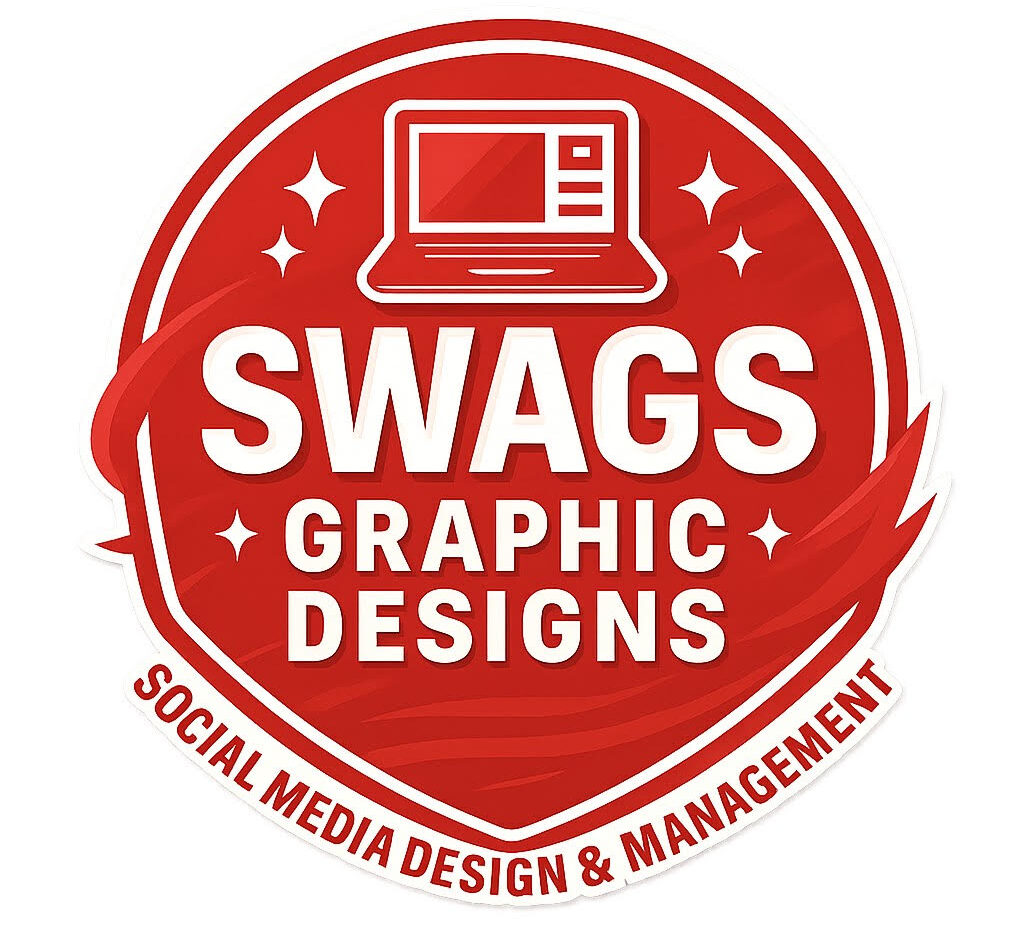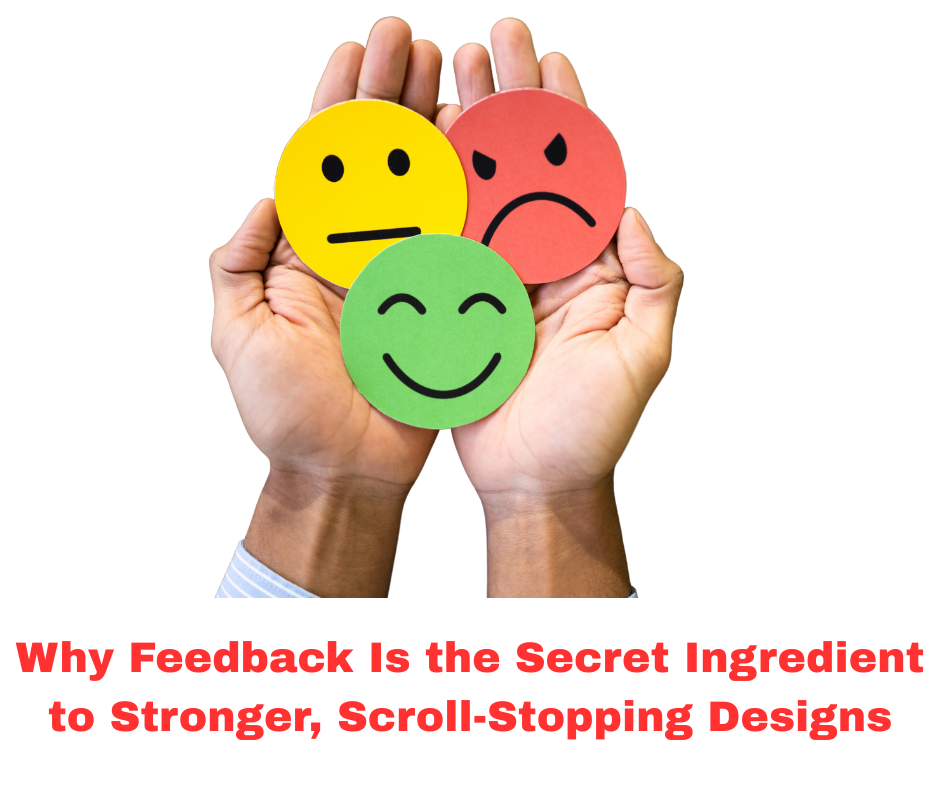When I first started working as a designer, getting feedback felt pretty tough. Even a gentle suggestion from a client or friend might leave me questioning every little detail I’d just created. Over time, though, I picked up on something really valuable: honest feedback can be the game-changer that makes ordinary designs pop off the screen.
Why Feedback Makes Designs Stronger
Design is more than putting nice colors and shapes together. What really brings a concept to life is the ability to connect, stop someone mid-scroll, and get them to pay attention. No matter how much experience I gain or how well I know the tools, it’s surprisingly easy to miss those small but important disconnects that sabotage my work. That’s where feedback comes in.
Sometimes comments are as quick as, “That shade of green is hard to read,” or, “This just feels off compared to your other stuff.” These might sound minor, but they add up to a design that makes someone linger, not just mindlessly scroll past. Feedback loops help me see where real people get stuck, misunderstand, or tune out, which is something that can be tough to spot when I’m too close to the project myself.
Getting Started: Building Feedback into Your Design Flow
Starting out, it’s tempting to treat each design as a solo mission. I know I used to shy away from comments at all costs. But making feedback part of the creative process from the beginning saves a lot of headaches and revisions later on.
- Open up to different perspectives: A friend, your team, or even someone outside the project can spot confusion or distractions that you might glaze over after hours of staring.
How to Ask for Feedback That’s Actually Helpful
Not all feedback is created equal. I’ve learned that vague comments like, “It looks fine,” or “Not sure what’s wrong, I just don’t vibe with it,” can be frustrating to work with. The key is to guide the person giving feedback toward what you really need.
- Be specific with requests. Ask things like, “Is there any part of this layout that feels confusing?” or, “How do the colors make you feel at first glance?”
- Encourage honesty. Make it clear that you’re looking to make it stronger, not just fishing for compliments.
- Avoid being defensive. Even if the comments sting at first, reminding myself that this is all about improving the project helps a lot.
Turning Tough Feedback Into Even Better Designs
Sometimes, the most uncomfortable feedback leads to the best breakthroughs. I can remember one campaign where the color palette felt just right to me, but four different people said the main color made the message hard to read. At first, I brushed it off, thinking maybe they didn’t get my vision. But after taking a step back and testing some alternatives, the whole thing started to feel a lot more inviting.
That change ended up being what got the client more clicks, more shares, and a lot more excitement in the comments. Turns out, the crowd was right. Here’s what’s worked for me when feedback stings:
- Sit with it for a bit. If a comment makes me cringe, I don’t rush to react. A day later, it’s easier to see what’s actually useful.
- Make small experiments. Instead of overhauling everything, I’ll try tweaks based on the feedback and see which ones really improve the design.
- Thank the messenger. Even tough comments are a gift if they help me grow. Letting people know their input led to real changes encourages better conversations next time.
Bumps in the Road: Common Feedback Challenges (and How I Handle Them)
It’s not always smooth sailing. Here are some common feedback-related bumps every designer faces and a few ways I handle them:
- Feedback overload. Too many opinions can leave me more confused than when I started. When this happens, I try to find patterns in the comments instead of chasing every single suggestion.
- Conflicting feedback. One client says the text is too big, another says it’s too small. I focus on what matches up with the overall goals and ask clarifying questions if things get really fuzzy.
- Negative tone. Occasionally, feedback isn’t delivered most constructively. I remind myself to focus on the content, not the delivery, and, if needed, steer future conversations toward being more collaborative.
Feedback Overload
When I open a project up to comments, sometimes it’s like opening floodgates. The key is to look for patterns. If several people mention the same trouble spot, it’s probably worth fixing. Not every comment needs action, but ignoring a cluster of the same suggestion usually backfires later.
Conflicting Feedback
Often when there’s disagreement, especially on matters of taste, I find it really helps to circle back to the project’s target user or business goal. What works best for them usually helps cut through the noise.
Feedback That Misses the Mark
It’s super common to get feedback that’s way off from your own instincts or goals. I treat these as data points rather than instructions, checking how they fit with the big picture before getting too worried.
Frequently Asked Questions
Below are a few questions designers often ask about using feedback to improve their work.
How do I know if feedback is worth applying?
Answer: Look for recurring themes and feedback from your project’s actual users or target audience. If a suggestion fits with project goals and keeps popping up, it’s probably a change worth making.
What if feedback makes my project feel less “mine”?
Answer: It’s normal to feel protective of your work. I remind myself that the end goal is a design that performs and connects, not just one I personally like. Usually, feedback still lets me keep my style, but with better results.
Wrapping Up
Feedback powers better designs. The willingness to take advice and experiment with what you’ve learned can take your work from “okay” to something that people actually remember. Rather than seeing feedback as criticism, treat it as a shortcut to stronger, more attention-grabbing design work. In the end, it’s a tool that will only make you better, and your next project might be the one that stops people mid-scroll thanks to a few honest comments along the way. If you keep learning from the input of others, every round of feedback is one more chance to make something next-level cool.

